Who/Where: Personal Work, Memorial Union, Pheasant Branch
What: Researching Tao photography was interesting to see the moments that photographers have captured. I tried to capture the subject in its natural element. The most natural pictures are when the subject doesn’t know they’re being photographed. All three photos are taken at different places and times.
Why: I wanted to see what kind of pictures I could capture of people downtown doing their own thing while I subtly photographed from the side lines. Though I feel that this is the easiest concept to grasp, it can be the hardest to capture. People feel the most comfortable with themselves when they know it’s not going to be recorded by anyone, so when you sit there for hours no one notices you anymore. The results can be really rewarding if you wait.
How: It was hard to get good candids downtown, since the people were moving quickly. I tried to set a high shutter speed to capture the subjects in mid motion. I used a low ISO since all the pictures were taken outside.

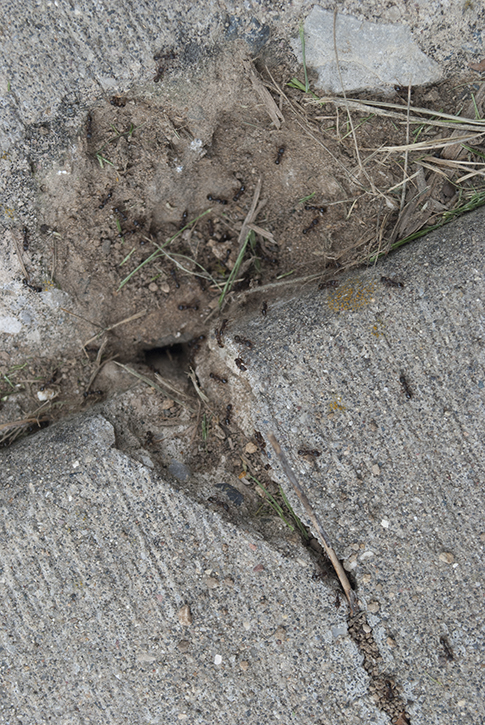









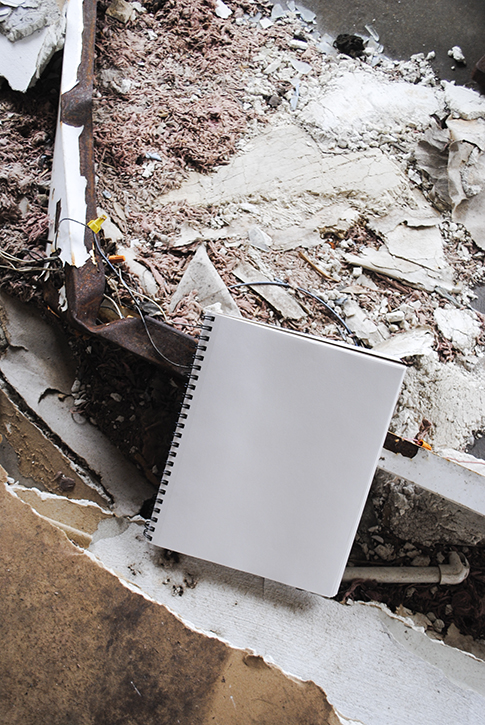
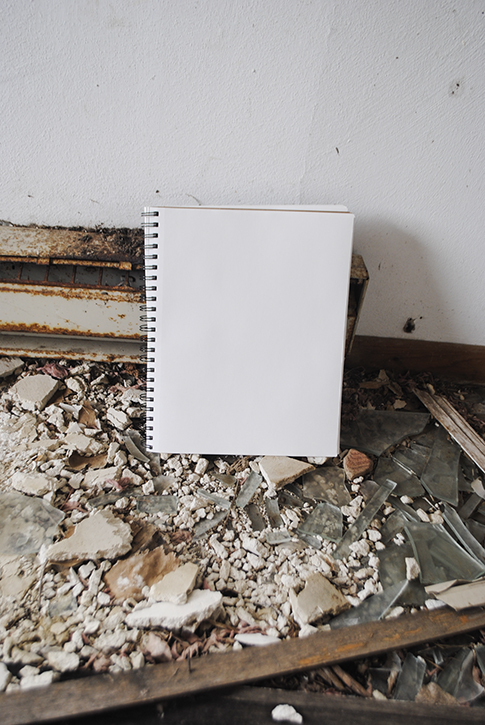
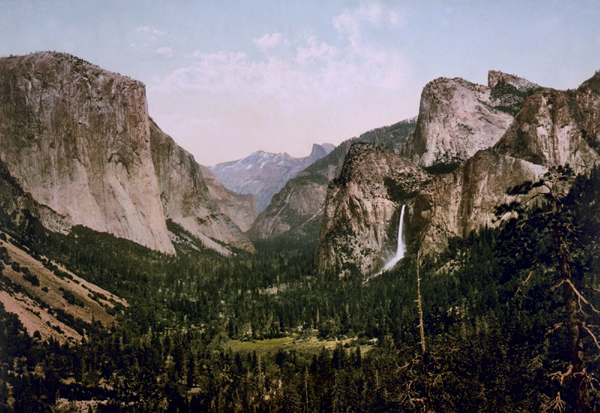
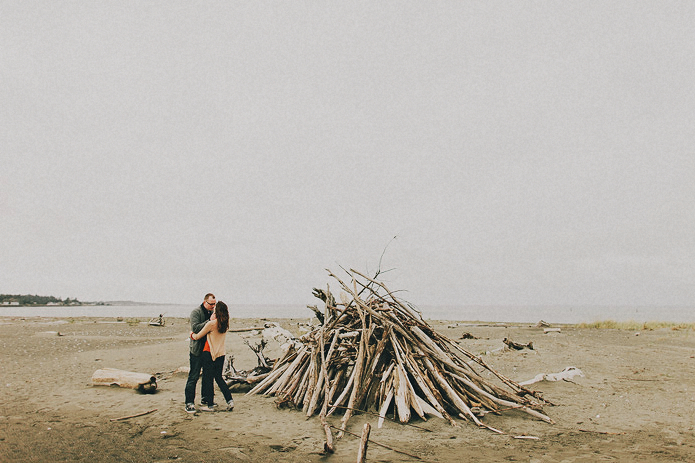
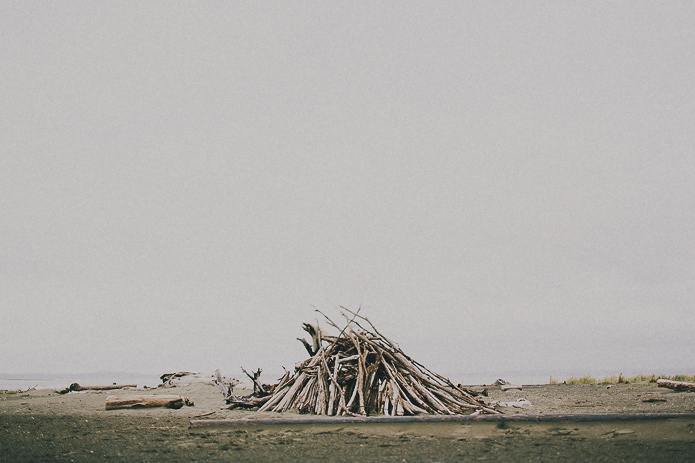
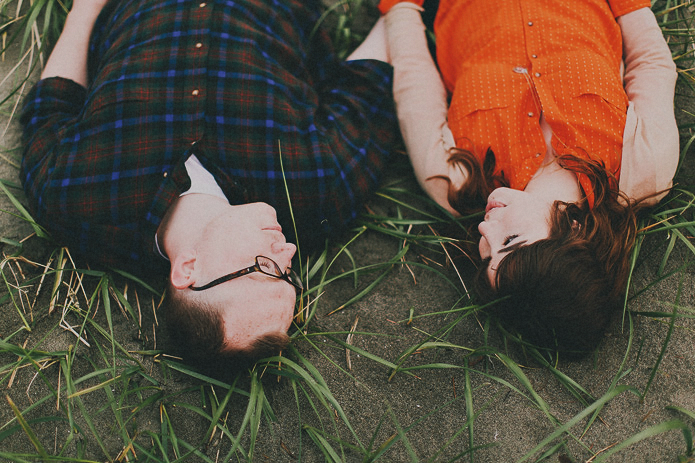
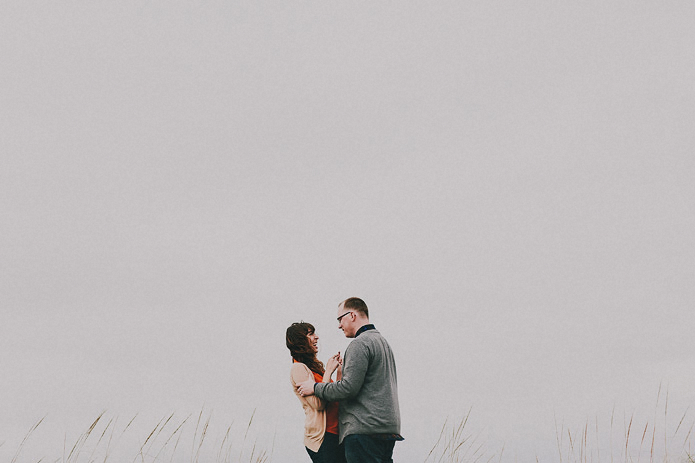
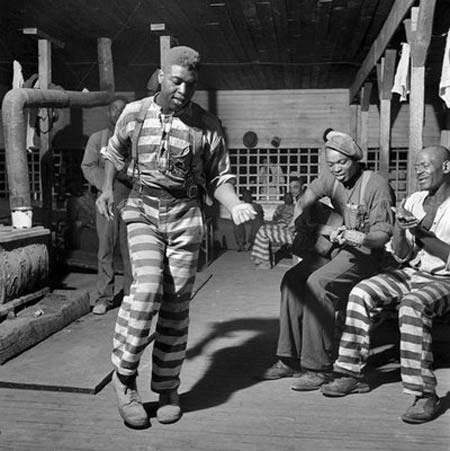

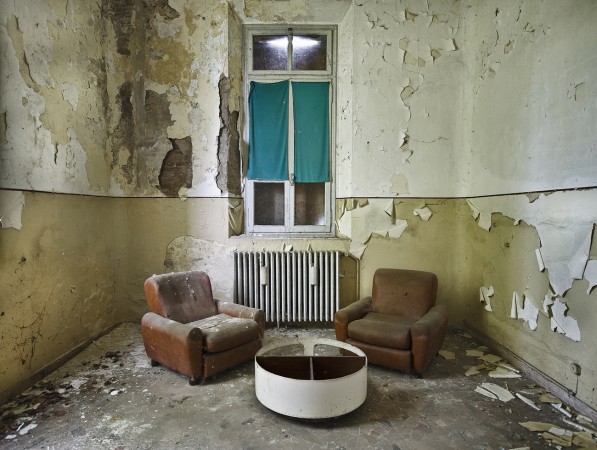


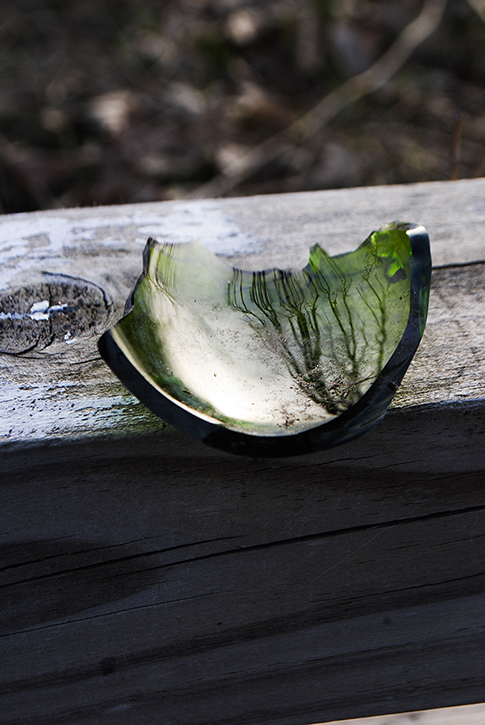
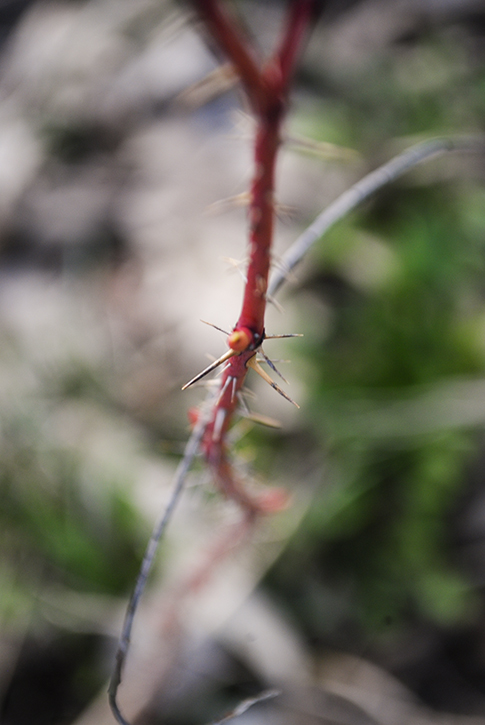
![02_UCLA_Magazine[1]](https://kathrynhunt11.wordpress.com/wp-content/uploads/2013/04/02_ucla_magazine1.jpg?w=730)
![2saltonsea2[1]](https://kathrynhunt11.wordpress.com/wp-content/uploads/2013/04/2saltonsea21.jpg?w=730)